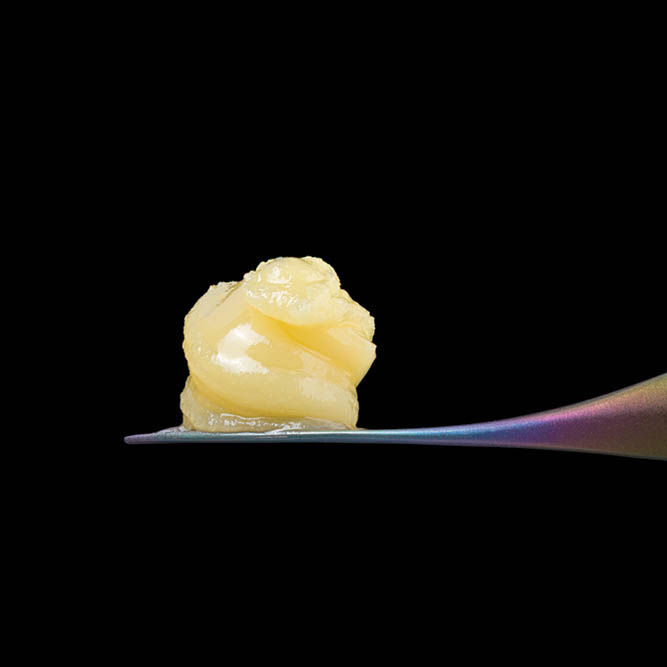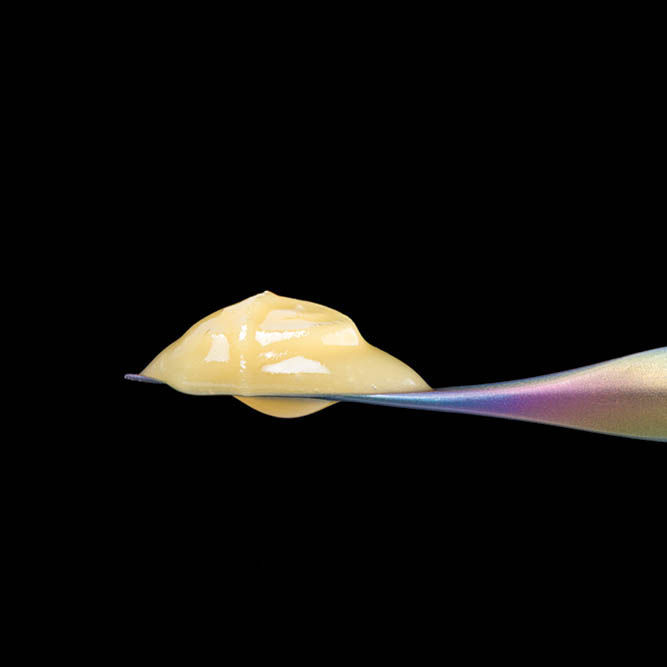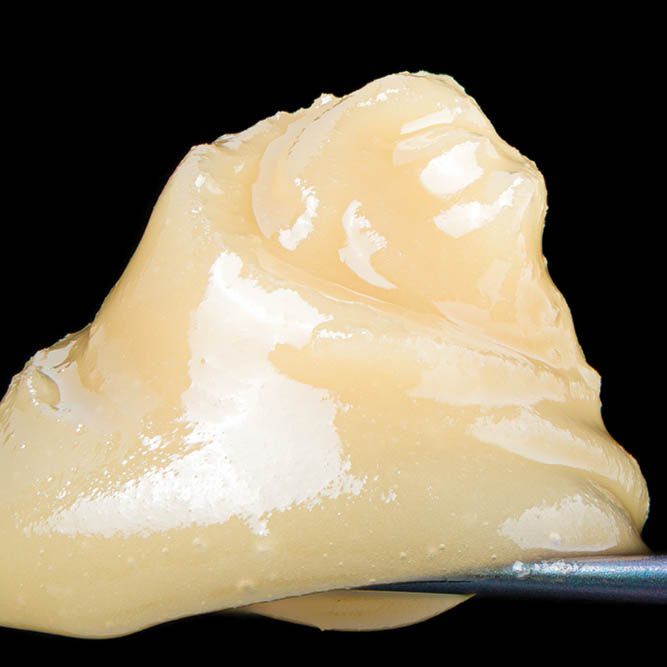Our modern golden age for hash comes with more layers than ever before, especially “tier systems” that offer different hash at different price points. Sometimes a tier reflects hash quality, while other times it reflects rarity or input costs. Let’s dive into the current tier systems.
Tiers are about quality


Old-school hash has long had a one-star to six-star system, with six-star being the most melty, tasty, pure form of hashish.
At places like Cannabiotix or Punch Extracts, tiers map to the quality of the hash inputs and outputs. For Punch, it’s the difference between big, outdoor farms harvested with machines (Tier 4) and small, indoor flower harvested by hand (Tier 1).
Los Angeles flower leader Cannabiotix began releasing cold cure live rosin in two tiers six months ago. Chief Marketing and Brand Officer Jay Vasquez said Tier 1 Cannabiotix live rosin sells to hash aficionados who want the purity of the best hash, which is filtered at 90 to 120 microns.
By contrast, first-timers buy Cannabiotix’s more affordable Tier 2 live rosin, which comes from suboptimal 70- to 90-micron hash and may contain minor traces of plant matter.
“All that affects, taste, flavor and smokeability,” Vasquez said.
Tiers are also about rarity


Cannabis and hash quality is batch-specific. Brands need to make a profit on super-rare, low-yielding stuff that’s fire, 710 Labs co-founder Ian Skelly told the Leaf.
“Some of the phenos we find will be this tiny, spindly plant covered in trichomes that only grows to a foot tall. It has smells and flavors that we are so excited about, but the only way to make it make sense is this tiered system,” Skelly said.
710 Labs has their grows dialed into Tiers 1 and 2, with some modifiers like Close Friends, Persy and Live Rosin.
Tier 1 Close Friends is their craziest, lowest-yielding, most exotic and flavorful stuff in custom, numbered packages. On the other end, Tier 2 Live Rosin might be stuff that ranks 8 points out of 10 in the drying room and dumps a lot of hash.
Tiering reflects the interplay between strain rarity, yield and quality at award-winning California brand Have Hash. Owner Jacob Stockwell said Have Hash’s Tier 3 can be super-bomb — they just have a lot of it (like a GMO, for example). Tier 1 might be extra-exotic strains that are a pain in the ass to wash, so they cost more.
“The hash itself is so variable. That’s what really pushes the tier system. It comes down to quality, yield and accessibility of the strain,” Stockwell said.









